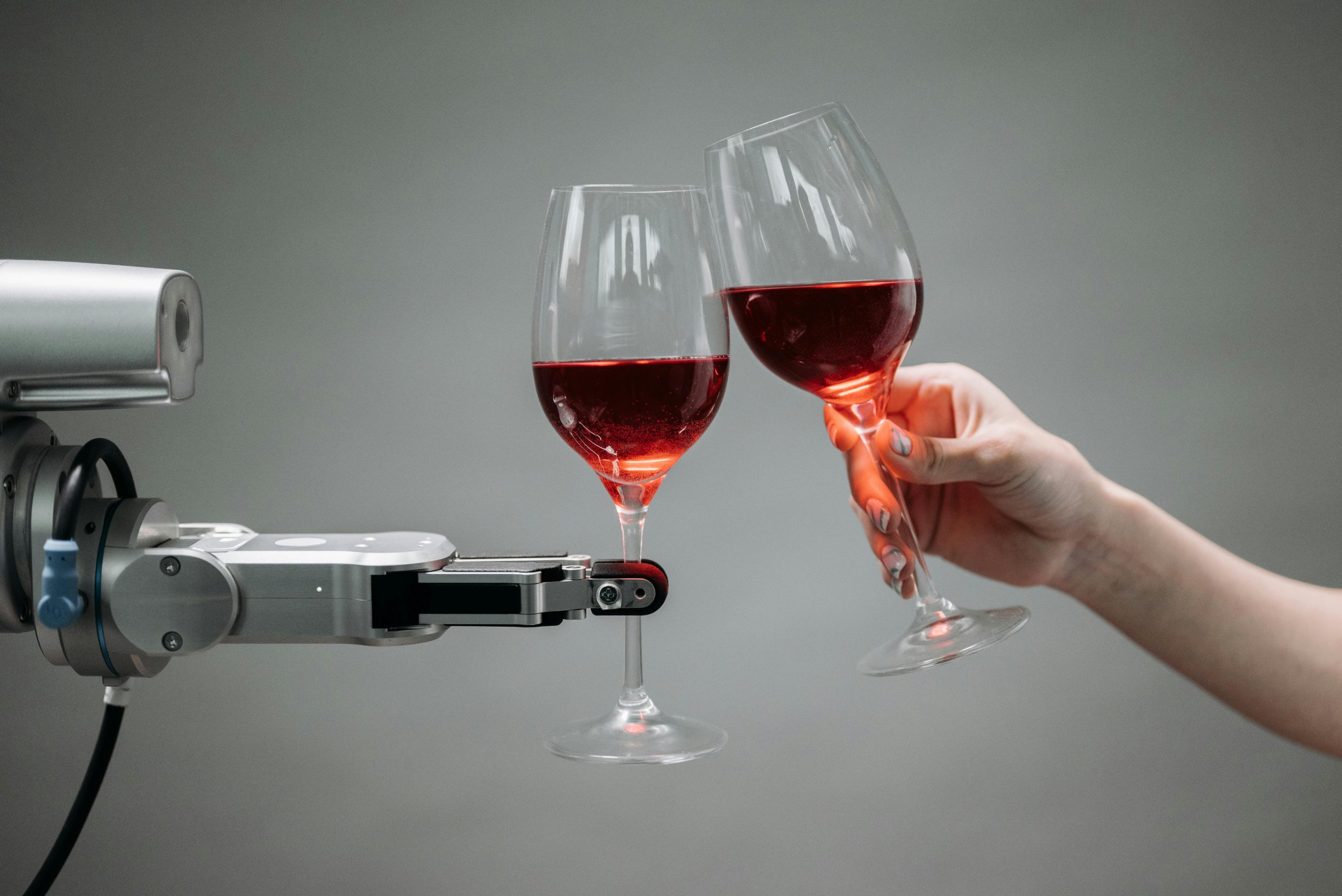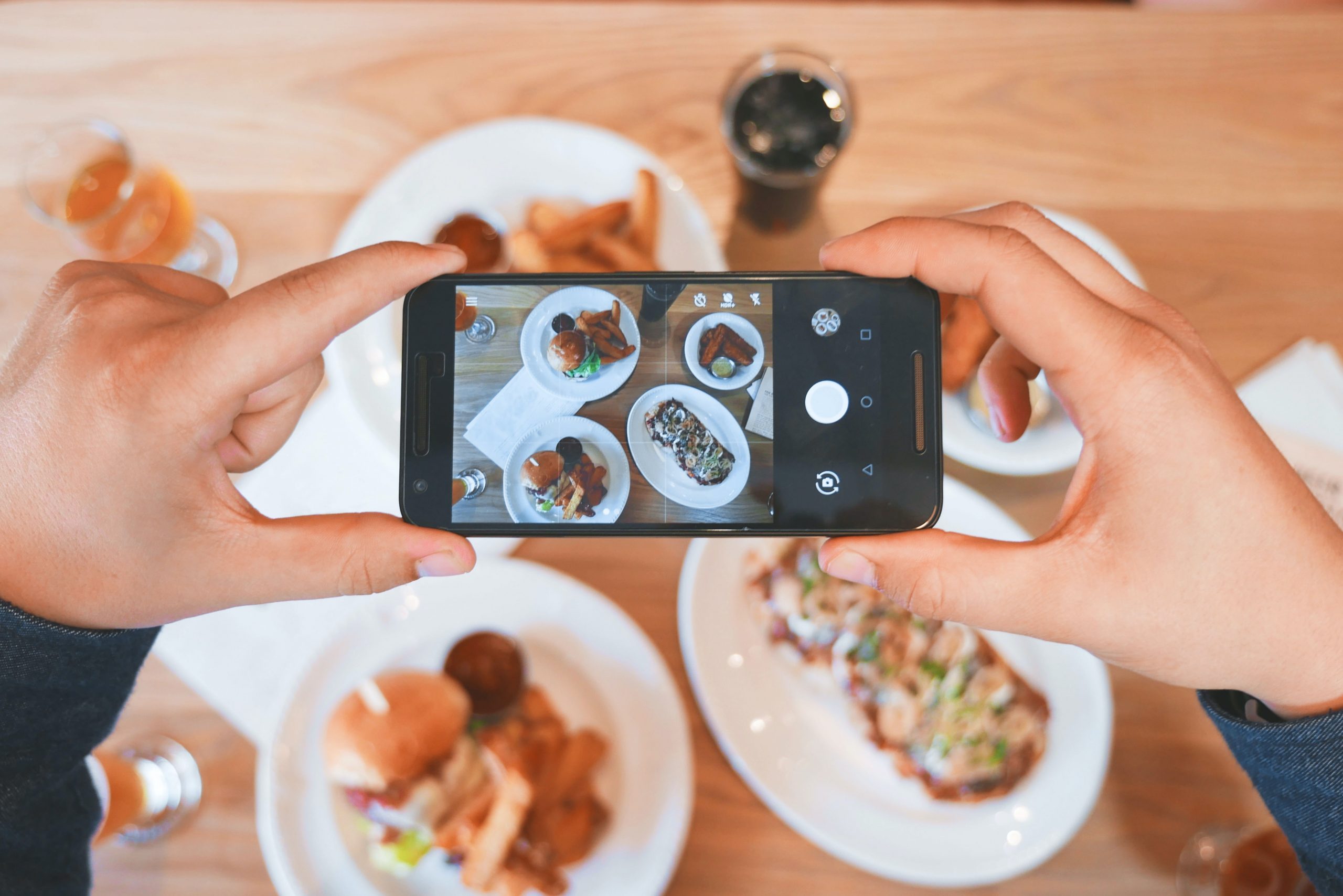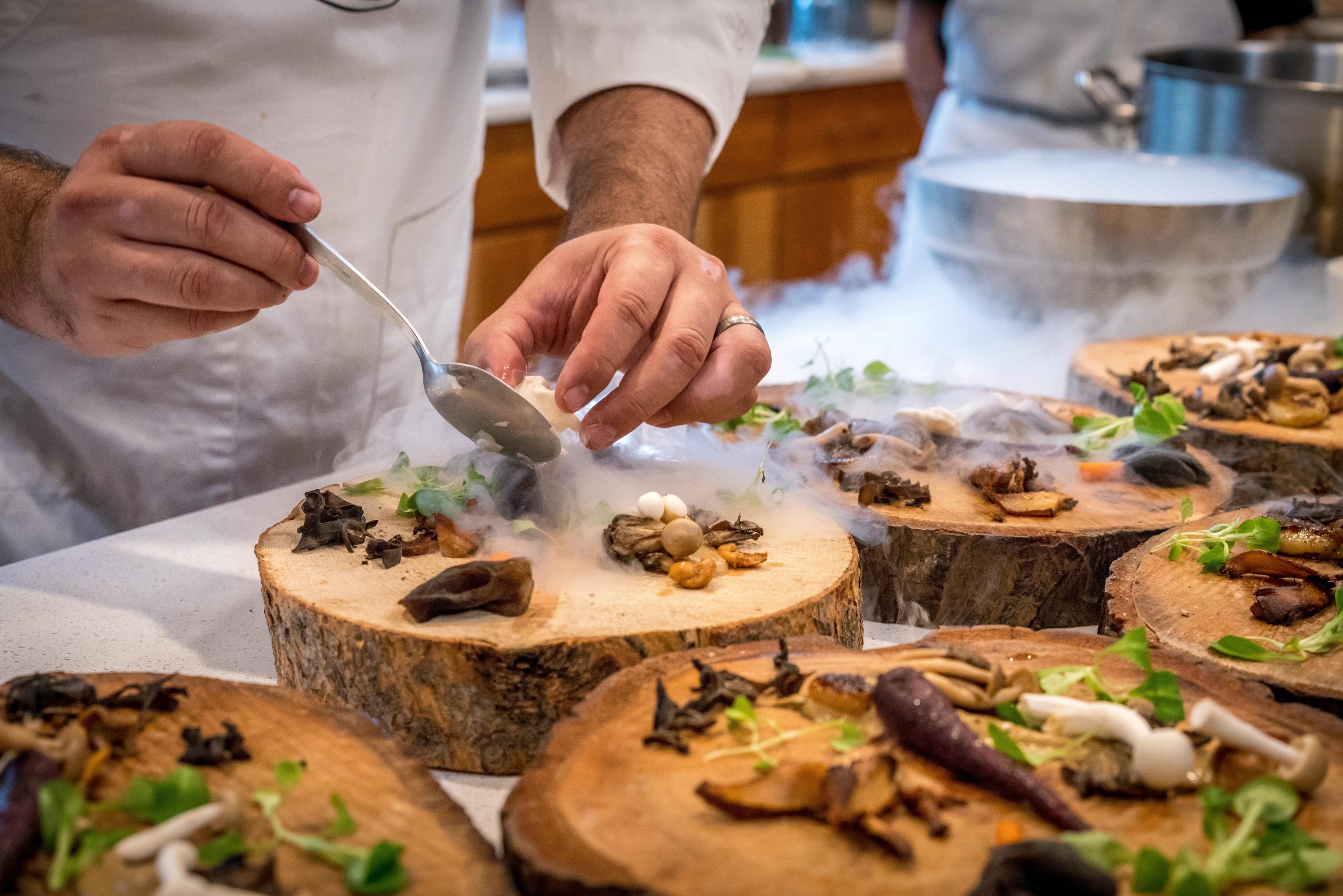Artificial Intelligence in the Kitchen: How It’s Changing the Future of Gastronomy
The future of gastronomy is being transformed by artificial intelligence (AI), a change that manifests in multiple ways. From haute cuisine to fast-food restaurants, AI is reshaping how we prepare and experience food. Innovation in Haute Cuisine: Renowned chefs, like Andoni Luis Aduriz of Mugaritz restaurant, are employing AI to create new flavor and texture combinations. Thanks to machine learning algorithms, it's possible to explore unprecedented combinations that enrich gastronomy with innovations and unparalleled culinary experiences. Efficiency in fast cooking: The automation of processes and customization of menu recommendations through self-service kiosks are just a few examples of how AI is enhancing efficiency in fast-food restaurants. Supply chain management and food traceability are also key areas where AI is making a difference, ensuring quality and reducing waste. Cutting-edge cooking techniques: AI has enabled the implementation of advanced techniques like sous vide and low-temperature vacuum cooking. These methods allow for cooking food at precise temperatures, guaranteeing consistent results and intense flavors. Additionally, AI-powered kitchen robots are assisting in complex tasks, facilitating chefs' experimentation with innovative flavors and textures. Personalization of the gastronomic experience: AI is enabling unprecedented customization in the culinary experience. From menus tailored to individual dietary preferences and needs to facial recognition of
How are TikTok Trends Affecting the Eating Habits of the New Generation?
We live in a constantly evolving digital era where social media has transformed the way we communicate, consume content, and yes, even how we eat. Among these platforms, TikTok has stood out as a cultural phenomenon, especially among the younger generation. It's no surprise to announce that TikTok has become one of the most influential social networks. In just two years, it has become one of the social networks with the most active users and recorded a revenue of over $9 billion in 2022 alone. But beyond dance and entertainment videos, TikTok has proven to be fertile ground for exploring the world of food and beverages. According to data from News Room TikTok, 68% of TikTok users have discovered a food or beverage brand by seeing it on the platform, and 46% have purchased a food or beverage product after seeing it on TikTok. Furthermore, 72% of these purchases were unplanned. One of the most notable ways TikTok is affecting eating habits is through viral food trends. Videos featuring clever and delicious recipes can go viral in a matter of hours. The result? Users, mostly young people, feel the need to try these culinary creations for themselves. For example, the "TikTok bread" recipe,
What gastronomic trends are emerging in the luxury sector?
Although the economic landscape has been uncertain, the luxury goods and experiences industry has made significant progress in 2022, with further expansion expected in the coming years despite economic turbulence. These findings come from the 21st edition of the Bain & Company-Altagamma Luxury Study, a collaboration between Bain & Company and Fondazione Altagamma, the trade association of Italian luxury goods manufacturers. The global luxury market analyzed by Bain & Company encompasses both luxury goods and experiences. It comprises nine segments, led by luxury cars, luxury hospitality, and personal luxury goods, which together account for over 80% of the total market. After a severe contraction in 2020 due to the Covid-19 pandemic, the market rebounded to €1.15 trillion in 2021 and surprised everyone in 2022 by growing between 19% and 21%, according to estimates. With this solid database and projections, let's now explore the main gastronomic trends that are shaping the luxury sector. From a focus on vegan products to the appreciation of rare and exotic ingredients, we will discover how these latest trends are captivating the most discerning palates and transforming the culinary experience in the world of luxury. The Vegan Revolution in Fine Dining In response to growing environmental awareness and concern for



